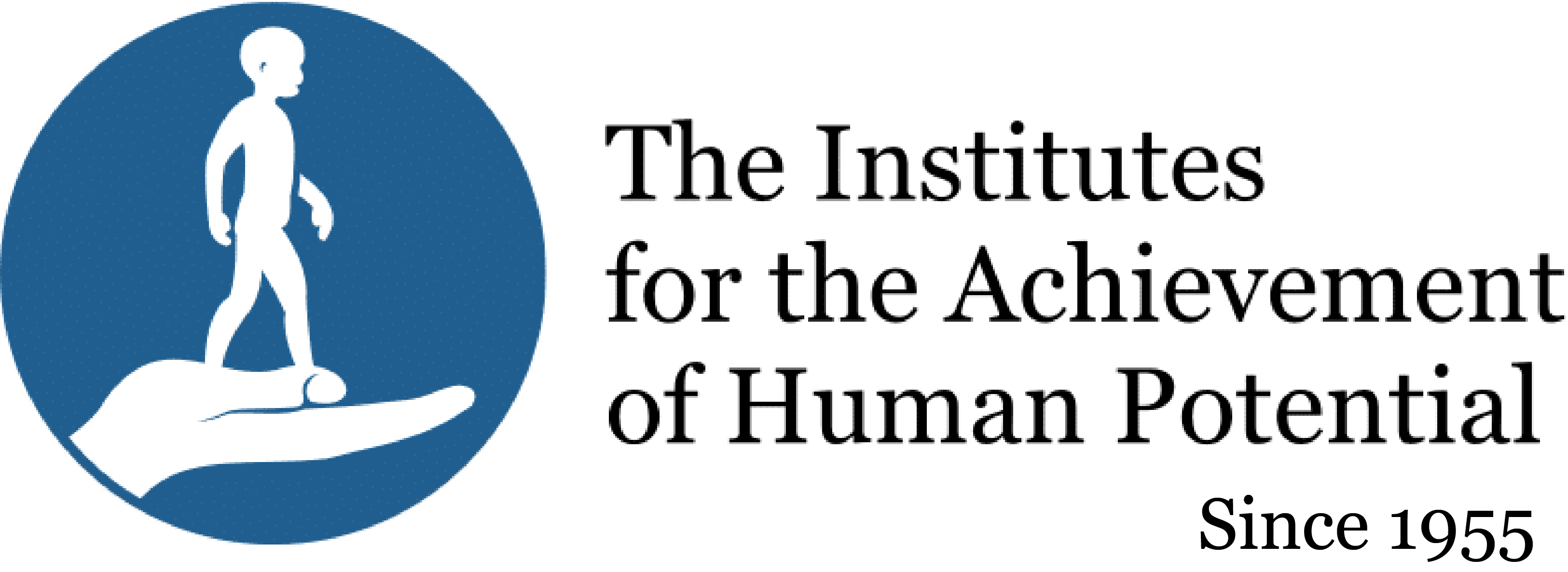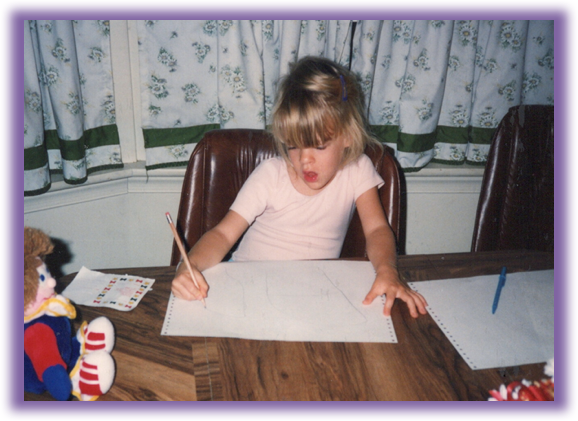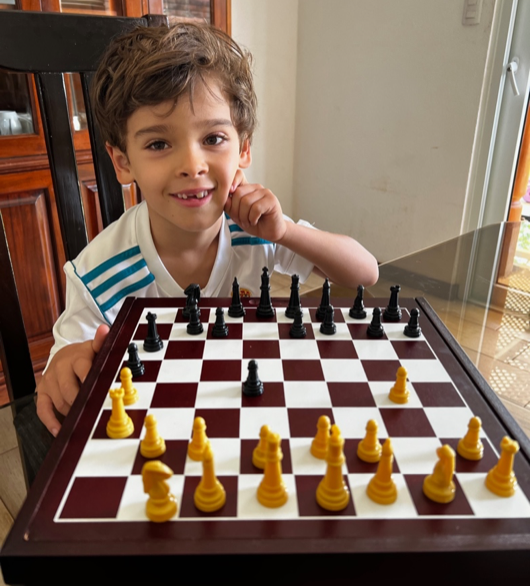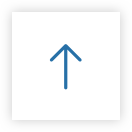What is the connection between autism, other labels/symptoms and a brain injury? What counts as a brain injury and why?
What is the connection between autism, other labels/symptoms and a brain injury? What counts as a brain injury and why?
Injure – harm or impair (something). Suffer physical harm or damage to (a part of one’s body).

Injuries In Utero. We see the child who is hurt in utero because of some injury or illness that mother may have experienced as the baby was developing (trauma, Rh incompatibility, German measles, hydrocephaly, drugs, alcohol). Sometimes mother is aware of an injury or illness, but often problems may occur in the first nine months that are not apparent to mother or her physician (hydrocephaly, oxygen deprivation).
Genetic Injuries. Some genetic problems cause injury to the brain (Down syndrome, Angleman syndrome, Cri de Chat, Wolf-Hirchhorn, Miller-Dieker syndrome, Pallister-Killian syndrome, Dandy-Walker syndrome, etc). The Institutes does not treat genetic problems, but children who have such problems are also brain-injured. They have the same chance of improvement that other hurt children have. For many of these children their neurological problems are more significant than their genetic differences.
Physiological Brain Injuries. Other children may have excess fluid in the brain (hydrocephaly), a brain tumor or a blood clot (hematoma) or craniostenosis. These conditions require neurosurgical intervention. Commonly these conditions will be handled before a child is seen at The Institutes. If these conditions have not yet been discovered, or diagnosed, before a child comes to The Institutes, such intervention will be recommended.
Injuries Related to Illness. Some children may have an illness (encephalitis, meningitis, Lyme disease, chicken pox, measles), surgical complications (cardiac arrest, oxygen deprivation, blood loss, septic shock), reaction to medication (antibiotics, vaccines, anticonvulsants, aspirin, non steroidal anti-inflammatories), or an adult illness (stroke, Parkinson’s disease) that injures the brain.
Peripheral Nervous System Injuries. Some children may have diseases that do not originate in the central nervous system but instead originate in the peripheral nervous system (spinal cord injuries, polio, muscular dystrophy). The programs of The Institutes cannot help children with these problems.
Traumatic Injury. A traumatic brain injury is sustained after birth, often due to an accident. Such injuries include blows to the head, lack of oxygen from suffocation, smoke inhalation or near drowning, hemorrhages, brain tumors, infections and penetrating wounds.
Brain Deterioration. Sometimes a child may have a progressive deterioration of the brain. The Institutes does not have a treatment program for progressive brain disease. The case of each of these children is reviewed with great care to determine if The Institutes can offer help to improve the quality of the child’s life.
Neonatal Injuries. Sometimes an injury may occur immediately before delivery (premature, postmature), during delivery (compression of the umbilical cord, placenta previa, placenta abruptia, prolonged, precipitous, or delayed, C-section), or right after the delivery (respiratory distress, jaundice, cardiac arrest, stroke) of the baby.
When the brain is injured, the child will either have a problem with the incoming sensory pathways or the outgoing motor pathways or both.
When the brain is injured there may be dozens of symptoms of that injury. This makes sense because the brain runs everything. When the brain is disorganized, this may result in symptoms that range from frightening (seizures, rigidity, serious illness, failure to thrive) to bizarre (screaming, repetitive actions, biting, smelling, and tasting inappropriately) to a hundred other symptoms that may seem odd, funny or simply inexplicable.
When a child cannot see, hear or feel properly, he cannot respond to the world around him appropriately. This may be a severe problem, as it is with the child who is functionally blind, deaf, insensate, paralyzed, and speechless.
This may be a moderate problem, as it is with a child who can not use both eyes together properly, lacks the fine-tuning to handle the common sounds in the environment, or is too sensitive or not sensitive enough to touch and may not yet be able to move or talk or use his hands at age level.
This may be a mild problem, as it is with a child who cannot read, write or do math at age level and who may lack the balance, coordination, language, and manual competence of his peers.
The brain grows by use.
Whether a child is blind and deaf and paralyzed or hyperactive with poor attention, interest, and concentration, the solution is to treat the brain, not the symptoms. Treatment of the brain must be directed at the brain, not the periphery, and not at the symptoms that the injury may cause. Our program is directed at the brain. The brain literally grows by use. Brain growth depends upon stimulation and opportunity. When the sensory pathways are provided with appropriate stimulation, those pathways grow. When the motor pathways are provided with enhanced opportunity, those pathways also grow. The child becomes more capable.
Learn More About The What To Do About Your Brain Injured Child Course
Speak With A Parent Who Has Completed The Program With Their Child
Get Your Child Started On A Neurological Stimulation Program

 Donate
Donate






